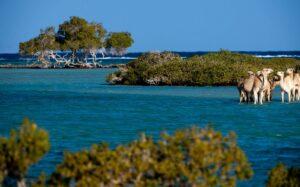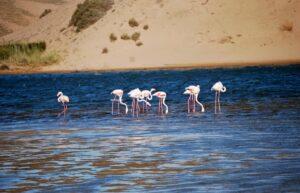The best hikes in Europe are those that show off the remarkable nature of the continent. It could mean anything from alpine crossings to coastal walks. Europe is made up of over 40 countries and each boasts their own culture, terrain and beauty. There are a full 10 major mountain ranges which, alongside the 100 minor mountain ranges on the continent, make up around 20% of the European landmass. That’s a whole lot of mountains and a lot of hikes to choose from. So, to bring us back to the original question: what are the best hikes in Europe?
1. Tour du Mont Blanc, Europe
When it comes to European hikes, it’s hard to beat Tour du Mont Blanc, a 170-kilometer system of walking trails set on and around the highest peak in Europe.It’s considered by many to be one of the best hiking areas in the world. While the majority of the most famous trails start on the French side, the Tour du Mont Blanc trails can also be accessed from Switzerland or Italy.
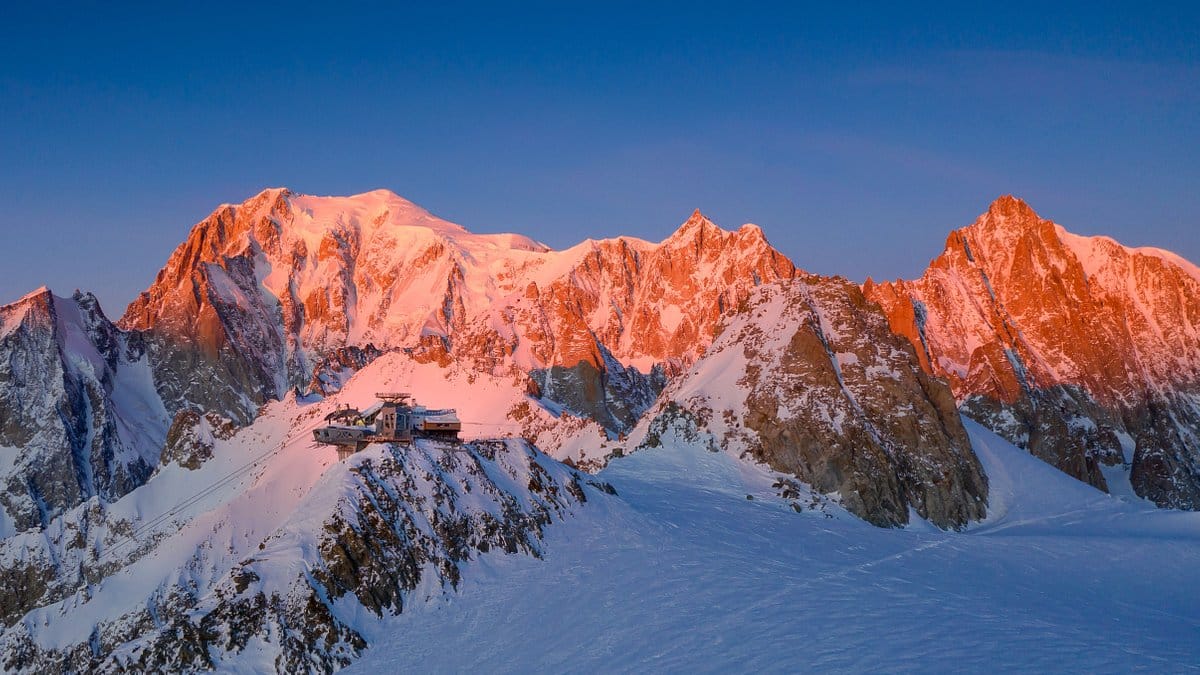
Avid hikers can stay overnight in mountain refuges and complete the entire trail system in about 12 days.
The Tour du Mont Blanc trails cross picturesque Alpine villages, flowering meadows, and deep valleys. For those who need a break, there’s also plenty of opportunities to refuel at the mountain refuges along the way.
2. Corsica’s GR20 Trail, France
The French island of Corsica is famous for many things – medieval constructions, old ports, and one of the most beautiful coastlines in the Mediterranean. It’s also home to one of Europe’s toughest long-distance hikes. The GR20 trail runs for 180 kilometers – almost the entire length of the island – and has a massive total elevation of 12,000 meters. Routes are jagged and rocky, with steep descents only apt for very fit hikers.
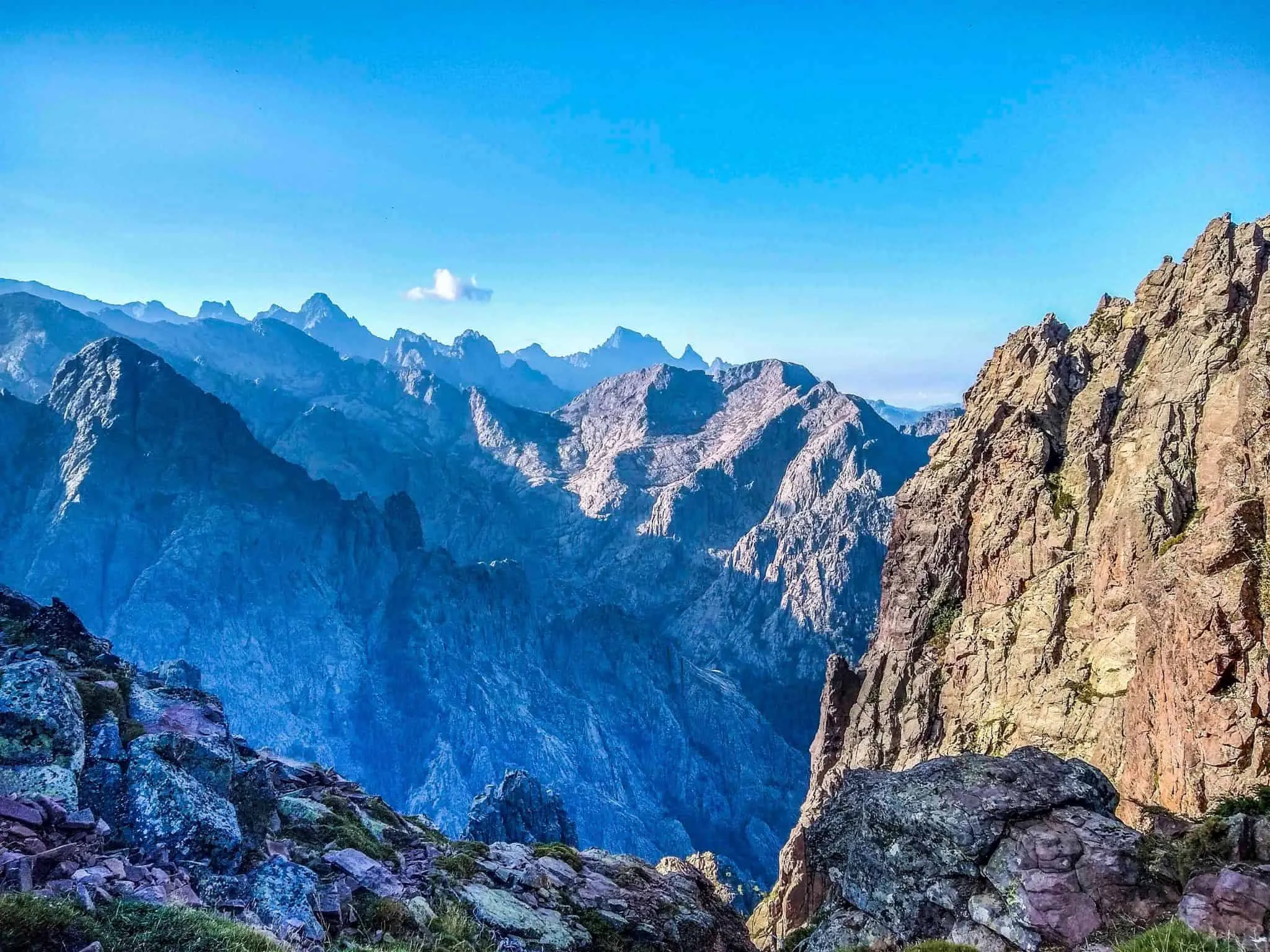
Only expert hikers usually attempt the entire trail, which takes up to 15 days to complete. For those who want at least part of the experience, the trail is divided into a North (the hardest) part and a South section (slightly flatter).
The GR20 trail is one of the most famous hut-to-hut trails in Europe. Hikers can overnight at any of the huts along the trail or pitch a tent next to one
3. Saalbach to Schmittenhöhe Hike, Austria
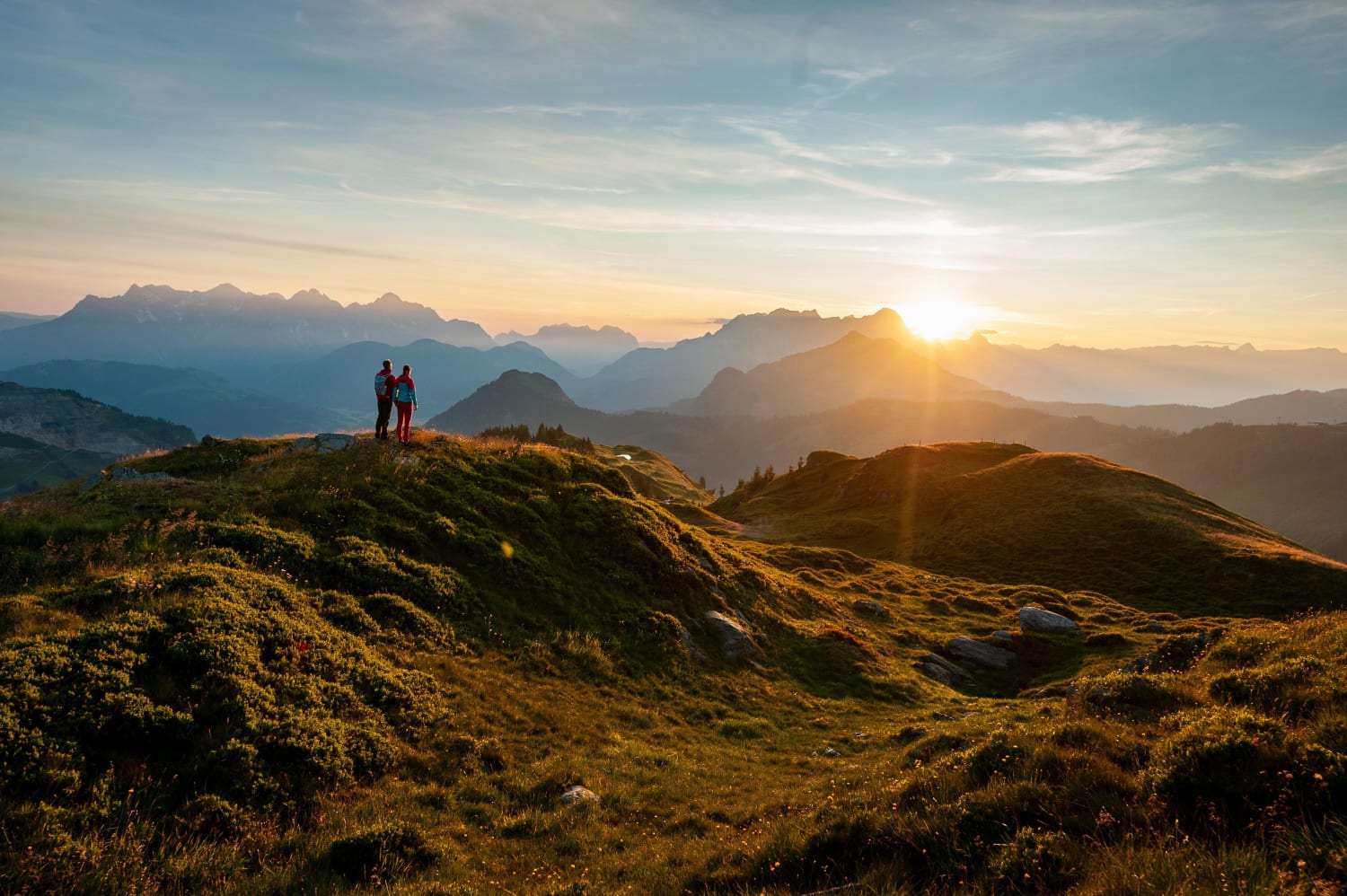
The entire route from the Alpine resort town of Saalbach to Schmittenhöhe mountain runs for 17 kilometers and takes at least six hours to complete. Considered one of the most stunning high-altitude hikes in the Eastern Alps, it requires some steep walking and long-distance endurance – but the rewards are more than worth it.
The best way to tackle this hike is to take the Schattberg X-Press gondola lift to the top station. From here, it’s a well-marked trail past Alpine meadows full of flowers, lush mountainsides, and mighty peaks all around. There are no huts along the way, so pack enough food and water for the day.
Once you reach Schmittenhöhe, take a well-deserved break in the picturesque town of Zell am See, famous for its Gipfelwelt 3000 panoramic platform over the lake below. Once you’re ready to end your day, you can look for the lift down the mountain.
4. Samaria Gorge, Greece
One of Crete’s top attractions, this 16-kilometer trail gets you from an elevation of 1,230 meters down to the shores of the Libyan Sea. The trail zigzags along cliffside vistas and Byzantine ruins as you descend through slippery terrain.
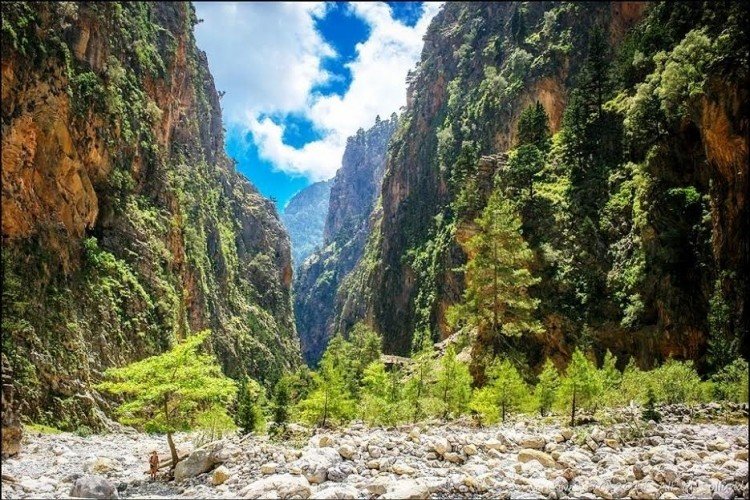
After the steep, difficult first three kilometers, the trail levels out as you reach the bottom of the valley. Once you cross the dry riverbed, the path smooths out almost completely. Continue walking until you find a stream – a great place for a break and to drink some cool water. The rest of the trail crosses through ruined villages and makeshift wooden bridges until you reach the path’s most famous spot, known as “the Gate.”
Here, a very narrow passageway between towering rocks marks the unofficial end of the trail. After emerging on the other side, there’s two kilometers left before you reach the edge of the national park. Once outside the park, you can keep following the path through the ruins of Agia Roumeli and eventually to the shoreline and the cooling sea.
5. MOUNT TRIGLAV, SLOVENIA
Every true Slovenian must climb this beloved mountain – and so should mountaineers visiting this country. There are two ways to access the 2864m summit, both challenging and both relying on via ferrata routes or fixed cables to help climbers through the scree and along narrow paths.
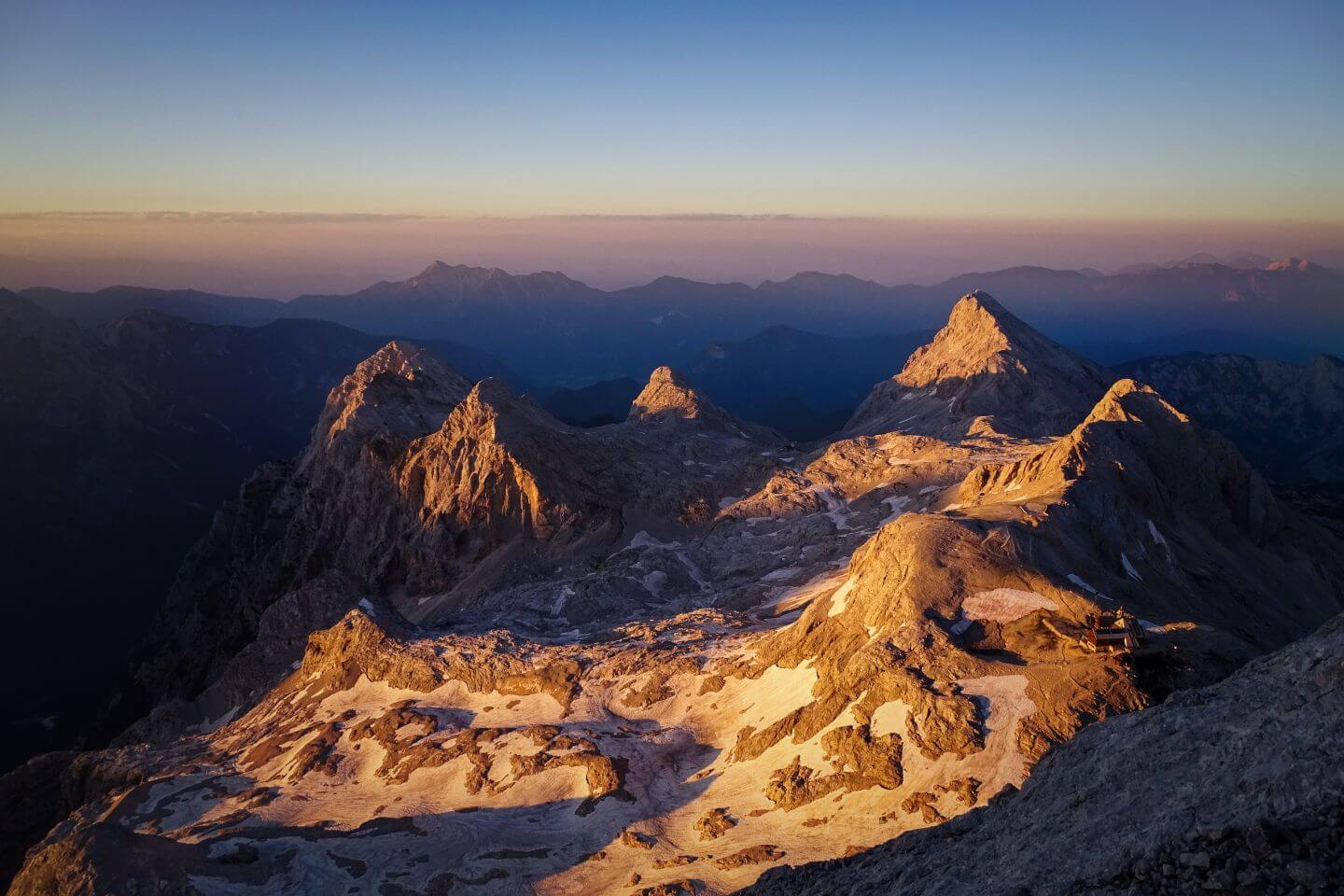
Check out the route from charming Bled that rests en route at Kredarica hut, the highest mountain hut in Slovenia. You can get guided walks or take it on yourself – but with the via ferrata in place, a lot of people are thankful they got the guide when they get there. You have to be a very experienced mountaineer and have the appropriate equipment with you to go it alone.
6. CAUCASUS MOUNTAINS, GEORGIA
When you go hiking in Georgia, you go exploring where few others have before. Georgia’s arid Caucasus Mountains have just opened to tourism in recent years.
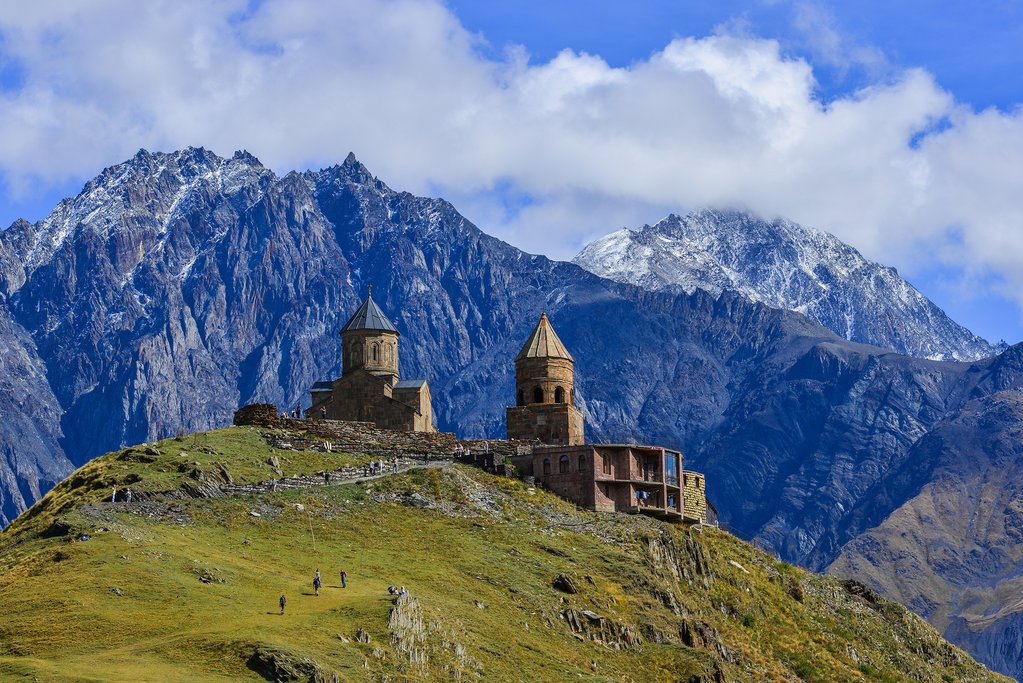
You’ll spot wildlife like deer, chamois and marmot; be sparkled by green, white and turquoise lakes; pass through medieval villages and towns; and be surrounded by peaks shooting up into the sky. The country’s third highest peak, Mount Kazbek, can be climbed too.
7. The Hornstrandir Trai
‘Iceland has a well-deserved reputation as one of the best places in the world for otherworldly mountain landscapes, wilderness and wildlife. It’s also a superb hiking destination. While the Laugavegur Trail is the classic trek on every hiker’s wish list, the opportunities for multi-day walks in Iceland are almost limitless, and the Hornstrandir Peninsula offers more esoteric charms. Although there are no formal long-distance trails in this nature reserve, hikers have been coming here in small numbers for decades, and there are now several loosely established trails on the peninsula.
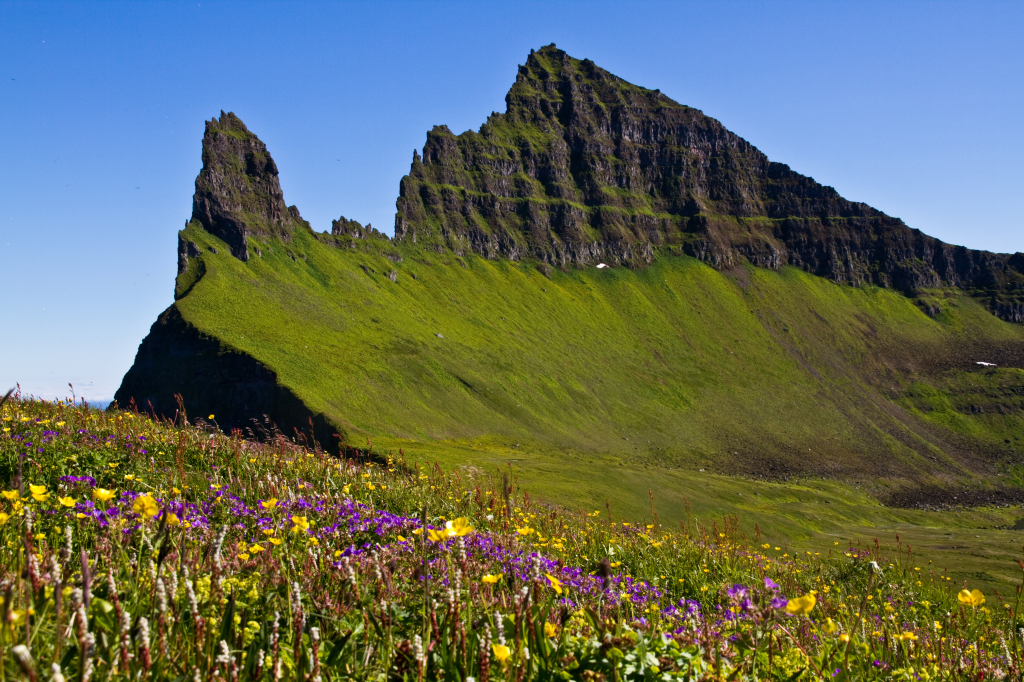
Hornstrandir is Iceland’s northernmost peninsula, jutting out into the Westfjords – a landscape of low mountains, fjords and vast open spaces. There is no road access, which means that the only way of getting to Hornstrandir is by ferry from Ísafjörður, which is itself a 40-minute flight from Reykjavik. Some of the return ferries – such as the one back from Veiðileysufjörður, the endpoint of your journey – require booking in advance.
The walking here offers a real feeling of adventure and isolation, although there is just enough infrastructure in the form of trails and established campgrounds to make it a feasible proposition for intermediate hikers. And while the weather even in summer can be challenging, there are no large mountains or glaciers to negotiate.
8.Path Of The Gods Trail – Amalfi
’Without a doubt, the Path of The Gods, known to locals as the Sentiero Degli Dei, is the most famous hiking trail in all of the Amalfi Coast. Stunning views along the entire route make this hike a must for anyone in the area.
From Paolo Capasso Square in Bomerano, proceed to Via Pennino (Pennino Road), following the signs to Sentiero degli Dei – Path of the Gods. After 1 km you’ll arrive at the trailhead: a stone at the trailhead will read, “Benvenuti sul Sentiero degli Dei”.
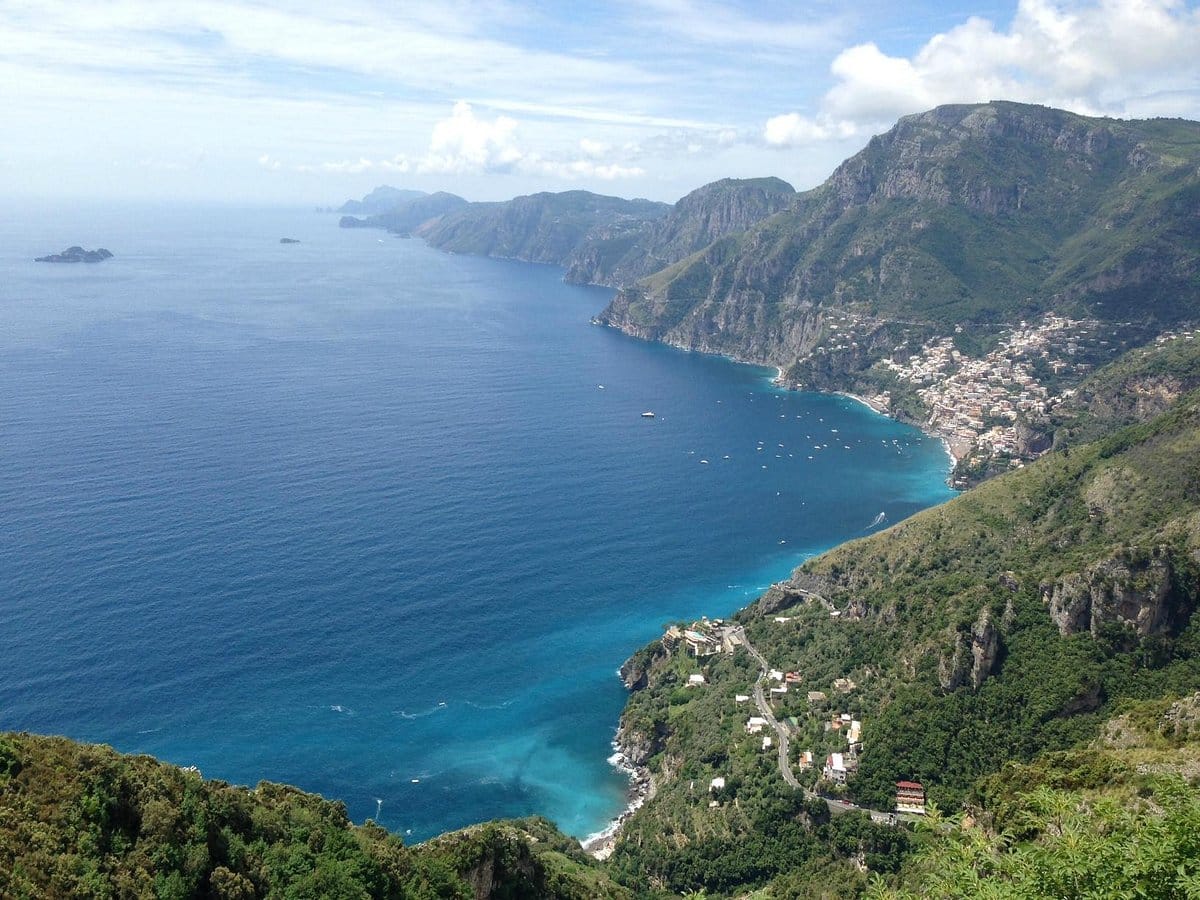
You’ll walk along the side of the Lattari Mountains with stunning views of the small village of Praiano and the vast Tyrrhenian Sea. After 800m you’ll arrive at a crossroad: turn left. Going left will take you along the classic Path of the Gods, following signs for Nocella, with a jaw-dropping view of the Sorrentine Peninsula, Li Galli Archipelago and the island of Capri in the distance.
If you feel like you might be suffering from the effects of the altitude, turn right. This strand of the Walk of the Gods goes through the woods for a while until, eventually, the two paths reconnect.
On your right, you’ll see the face of the Lattari Mountains. On your left, a drop which leads your eyes to the sea and the Sorrentine Peninsula. It’s a fairly simple trail, but if you ever need extra guidance, follow the red and white signs of the CAI (Alpine Italian Club) painted on stones along the trail.
Proceed until you arrive in the village of Nocelle, where the trail officially finishes. From here, you can take the stairs that lead to Positano. That trail will give you some nice views over the city and the surrounding mountains, and a place to grab a bus to go back to Amalfi or Sorrento. If you want to soak up more of the views you enjoyed on the way out you can go back to Agerola walking the path in the opposite direction.
9. Crete White Mountains
Hiking the White Mountains in Crete should be on every hiker’s bucket list. This spectacular mountain range reaches heights of over 2000m (6562ft) and then meets the sea. Its landscape is one of the most unique hikes in Europe.
Combined with a stay in the beautiful city of Chania, one of the longest continuously inhabited cities in the world, this incredible hiking trail is not to be missed.
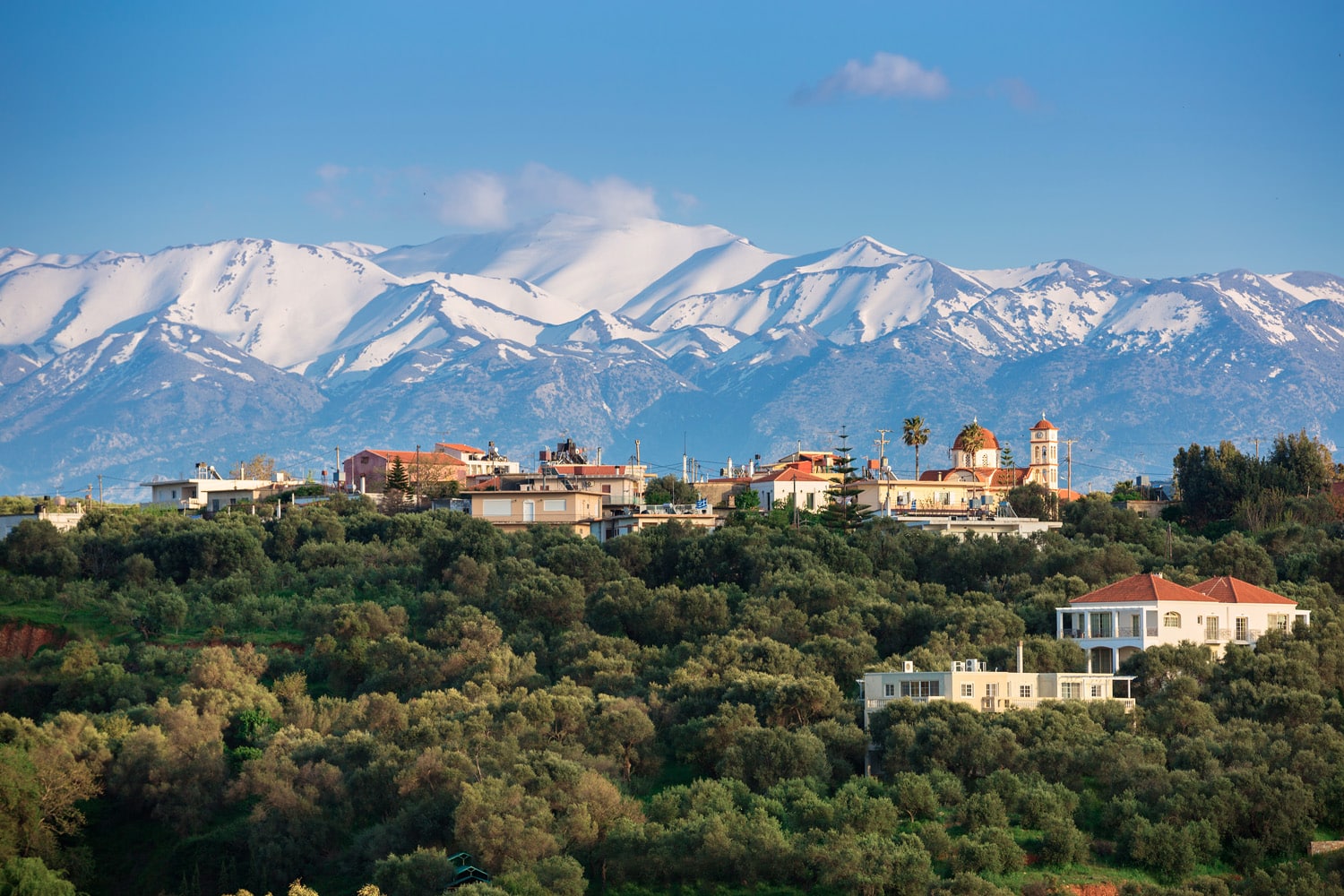
You won’t only get your fill of beautiful mountain scenery, but you’ll also have plenty of time to discover Crete’s pristine beaches. After a day of hiking, there’s nothing better than a rejuvenating dip in the crystalline sea.
This tour is the perfect way to explore Crete. You’ll hike through Samaria Gorge, the longest gorge in Europe, a national park and a UNESCO biosphere reserve.
The hiking trail takes you through trickling streams and beautiful rock formations. One of the highlights of Samaria Gorge is the narrowest part of the gorge, known as the “Iron Gates”.
If you choose to do the 8-day trek, you’ll be rewarded with a difficult hike up to Mt. Gigilos. You’ll find yourself at the 2080m high summit surrounded by breathtaking views of the Aegean Sea.
10. Cinque Terre – Italy
Cinque Terre is a UNESCO site famed for its five medieval fishing villages. It’s easy to see the appeal that attracts hundreds of thousands of visitors each year. Most of whom miss out on the gems just outside of the Cinque Terre. That’s why I recommend staying a few days longer with our Cinque Terre+ Hiking and Walking Tour.
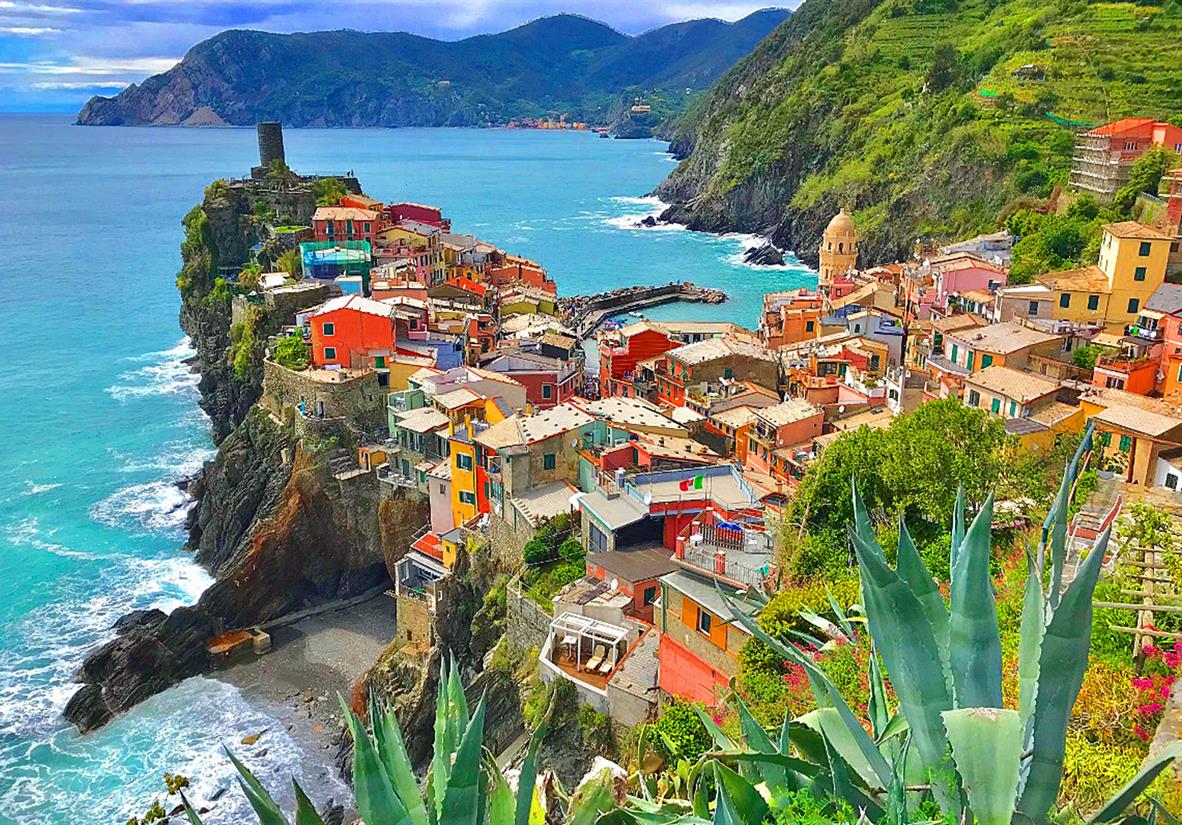
I love knowing that almost every hike will lead to a medieval village where delicious fresh-caught seafood and gelato are waiting for me. It’s easy to moderate hiking so anyone that has a reasonable fitness level can do it.
If you only have a day it’s possible to do the well-marked Cinque Terre Coastal Walk, one of the most popular hiking trails in Europe.
